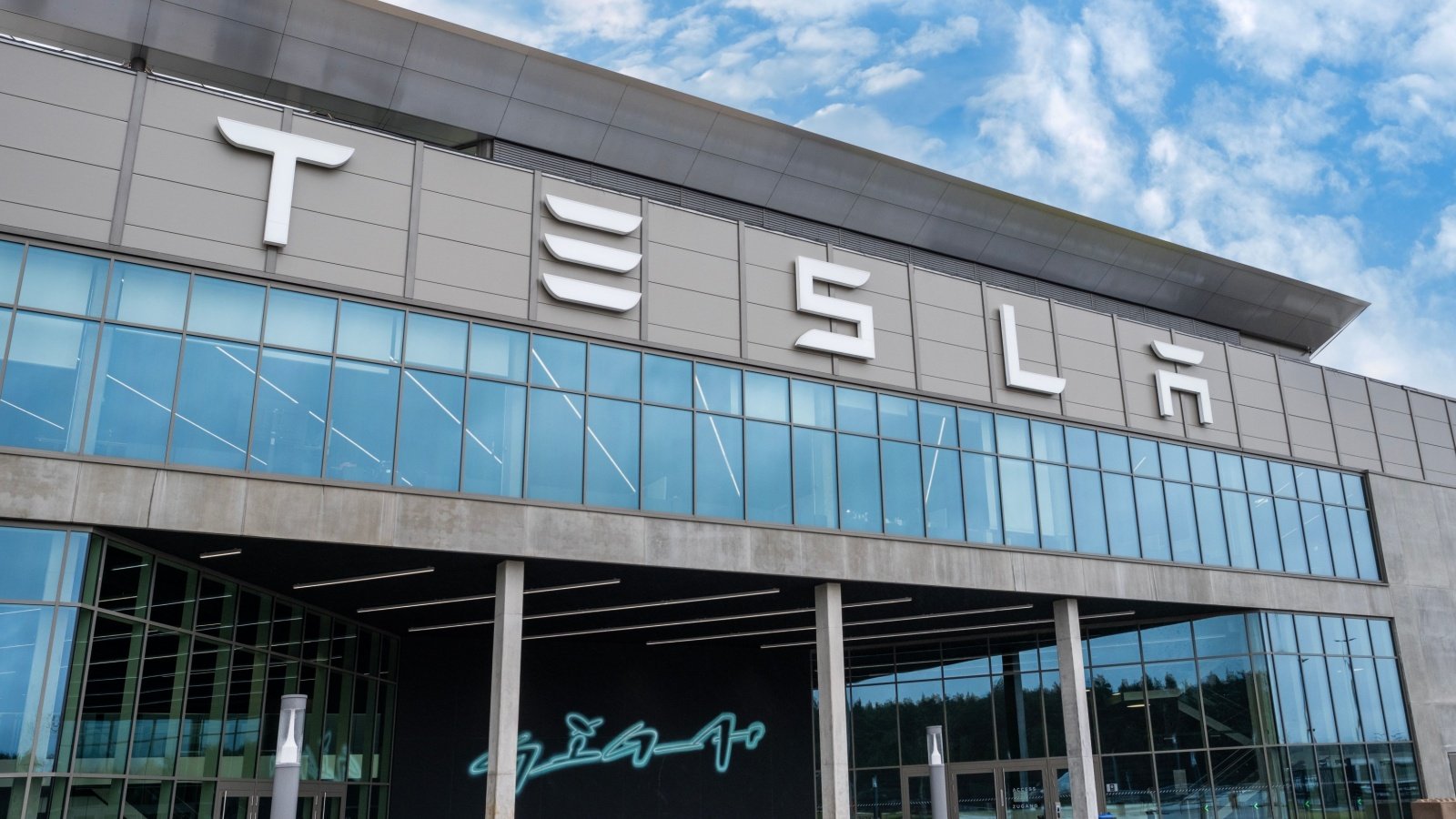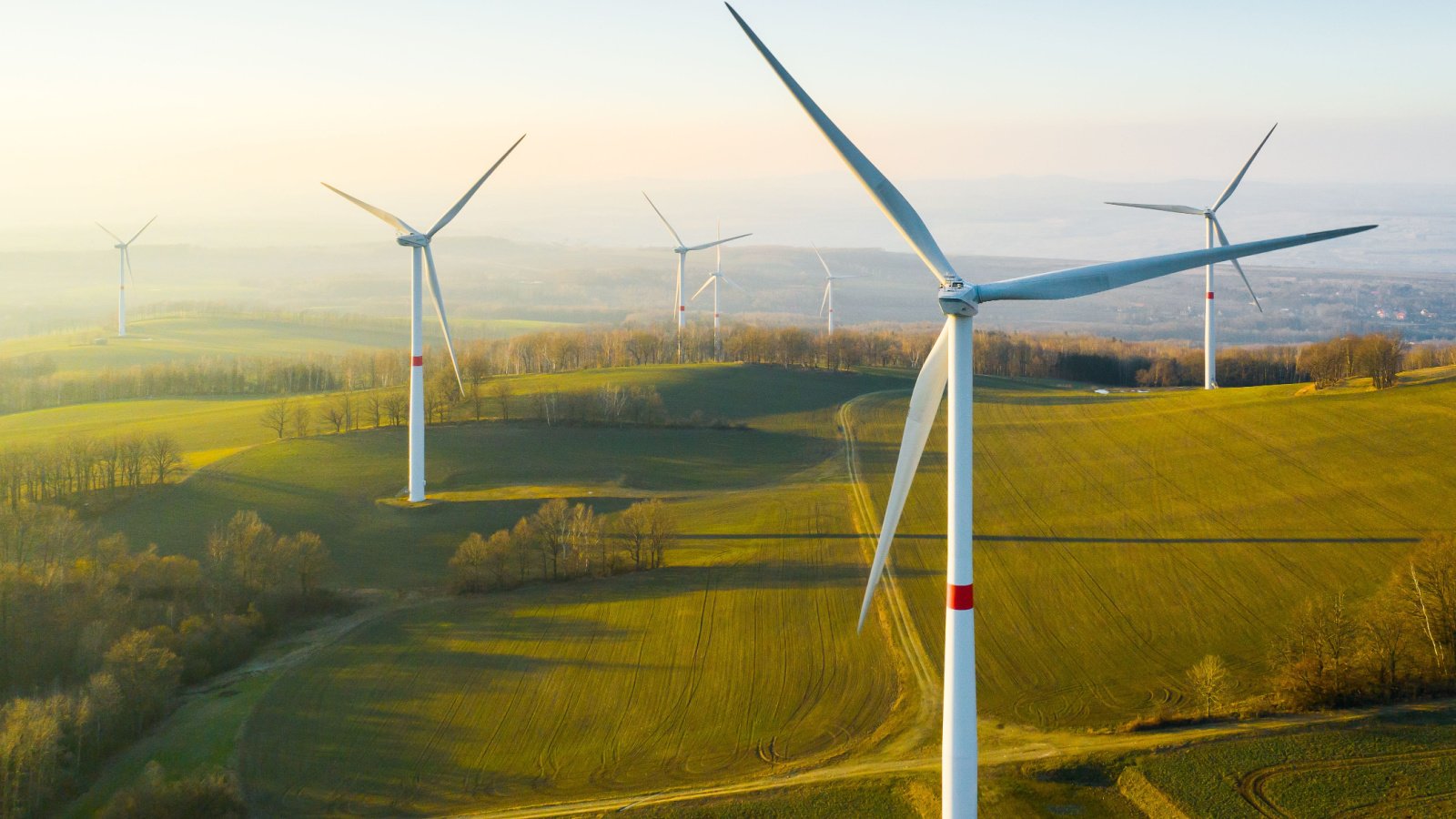Saudi Aramco’s CEO, Amin Nasser, delivered a stark warning on Monday, critiquing the current path of energy transition as a failing endeavor. He argued against the dream of leaving oil and gas behind, emphasizing that the demand for these fossil fuels is predicted to rise in the near future.
Facing Hard Truths

During a captivating discussion at the ‘CERAWeek by S&P Global’ conference, Nasser outlined what he sees as five undeniable realities challenging the transition strategy. He made a bold call for a strategic overhaul, suggesting a more pragmatic approach that accepts the continued role of oil and gas, much to the audience’s approval.
Rethinking Energy Transition

Nasser directly challenged last year’s projections by the Paris-based International Energy Agency, which suggested a peak in fossil fuel demand by 2030. He argued that such a peak is far from imminent, especially considering the needs of the developing world, thus questioning the basis of current energy transition policies.
Limits of Alternatives

Highlighting the limitations of alternative energy, Nasser pointed out the sobering fact that despite substantial investments surpassing $9.5 trillion in the last two decades, renewable energy sources like wind and solar still contribute less than 4% to the global energy mix.
Electric Vehicle Impact

He underscored the minimal impact of electric vehicles, which represent less than 3% of total vehicle penetration, to emphasize the scale of the challenge.
Carbon Emissions

Hydrocarbons have hardly loosened their grip on the world’s energy landscape, with their share dipping only slightly from 83% to 80% since the turn of the century, as outlined by Nasser. Meanwhile, the thirst for energy has surged, with demand soaring by 100 million barrels of oil equivalent per day, setting the stage for record highs this year.
Shifting To Gas

Nasser shared that gas has seen a remarkable 70% growth since 2000, playing a pivotal role in the U.S.’s efforts to cut carbon emissions—accounting for two-thirds of its reductions by transitioning from coal.
This narrative contrasts sharply with the doom-laden forecasts often heard, as Nasser pointed out, emphasizing that even skeptics are beginning to see the critical role of oil and gas security.
Demand from the Global South

The drive for energy is particularly strong in the developing nations of the ‘global south,’ where rising prosperity among over 85% of the world’s population is expected to boost oil and gas demand. Nasser highlighted a glaring disparity, noting that these nations receive a meager slice of renewable energy investments, less than 5%.
A Balanced Approach

In a call for a balanced approach, Nasser argued that the world should not only invest in renewables but also focus on making oil and gas cleaner. He pointed out that efficiency improvements have already slashed global energy demand by nearly 90 million barrels per day of oil equivalent, a significant contrast to the modest 15 million barrels displaced by wind and solar over the same timeframe.








